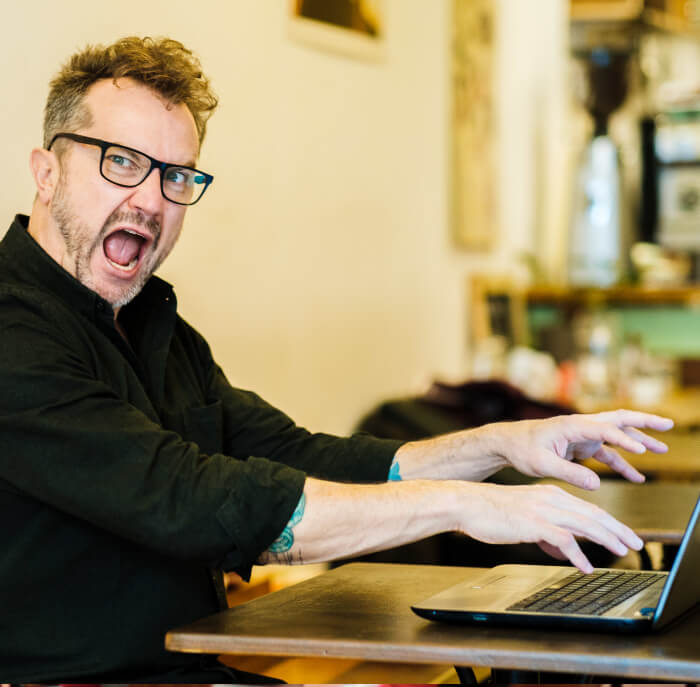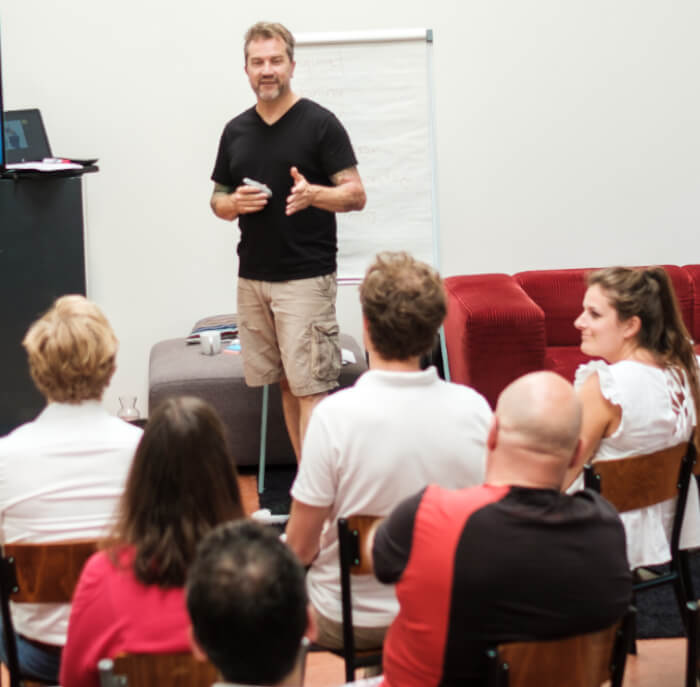
The 4P’s provide a model of creativity: a framework in which it is easier to understand what goes on when people are creative. It is the work of Mel Rhodes and serves as a reminder of how Creativity is very hard to define and isolate… which is precisely why our societal misuse of the word is so problematic.
After many years of research Mel ended up describing Creativity by developing the 4 Ps:
Person, Product, Process, Press.
Each element is a characteristic part of the whole of creativity and cannot be separated from the others. And yet, each part represents one or other commonly held view of what creativity is.
By focussing exclusively on one type of creative product (art) we exclude other types of people from being classed as Creative. We also limit our ability to think creatively about other areas. And because art is often shrouded in mystery and myth, we hide the processes that could be learned and adapted.
Lastly, by accepting the myths and mysteries of Art as a model for creativity, we fail to understand what is required to support and nurture creativity… both for artists and other creative types… we don’t know how to support, them, what learning or help they need or how to optimise their output. In short, we condemn it to the realm of magic and other unbelievable things.
Next time you hear someone saying, ‘But I am not creative!’ ask yourself: what product are they referring to? What process could they learn to become creative? Maybe they are a creative person, but they are just in the wrong environment.
And if you want to create businesses or schools where Creativity flourishes, you need to consider all 4 Ps in your planning and structuring… to leave one out condemns the rest to failure.
Plenty of inspiration, stories, facts and research in the articles I publish every week. I write about creative events, thinking and research… anything that has creativity hidden in it. Read the articles…

Sign up for my fortnightly newsletter and receive FREE creativity tips and help with the challenges you currently face. A simple way to keep up to date with the world of creativity.
Creativity will save the world. I share tips, tricks and techniques for creative thinking based on scientific research and personal experience. There is no problem creativity cannot solve. More about speaking…

Like follow, donate: